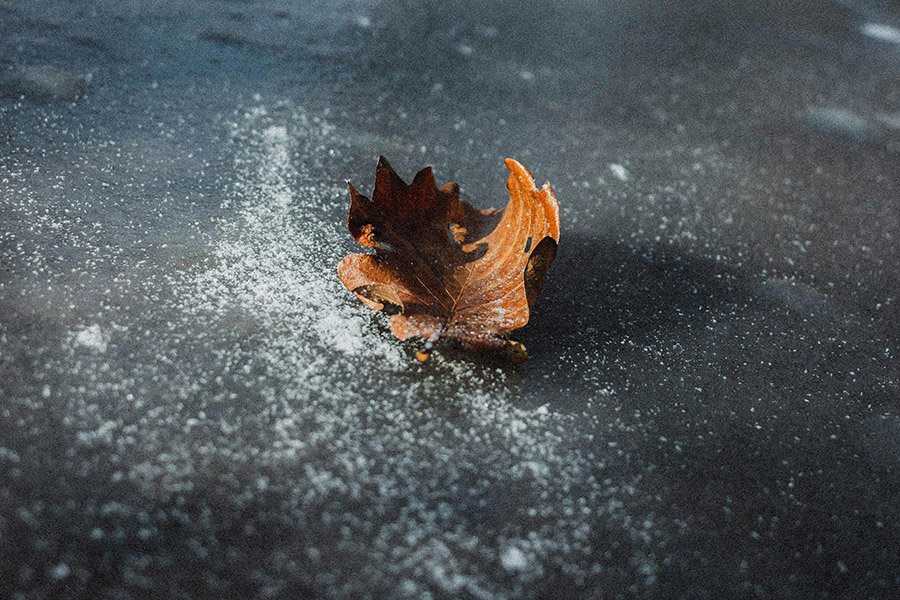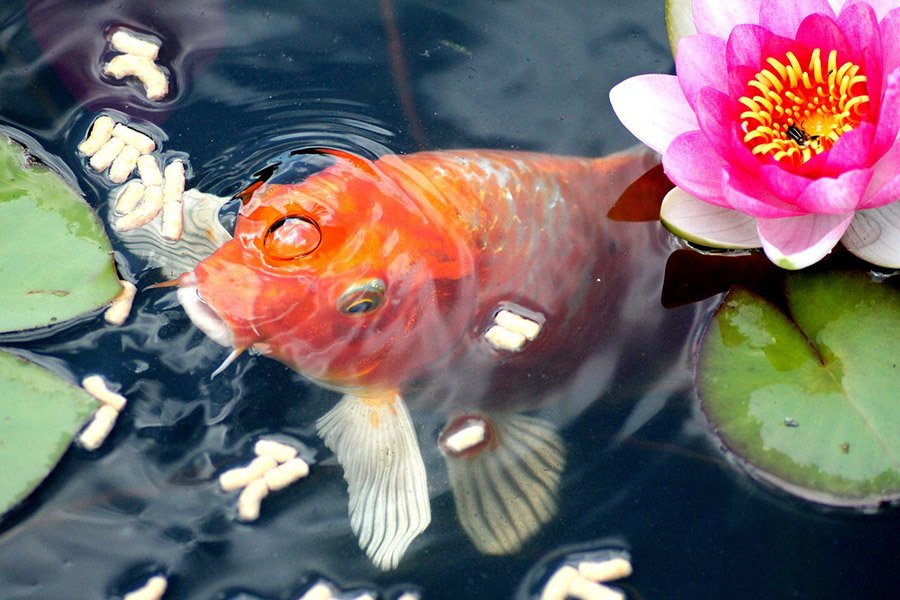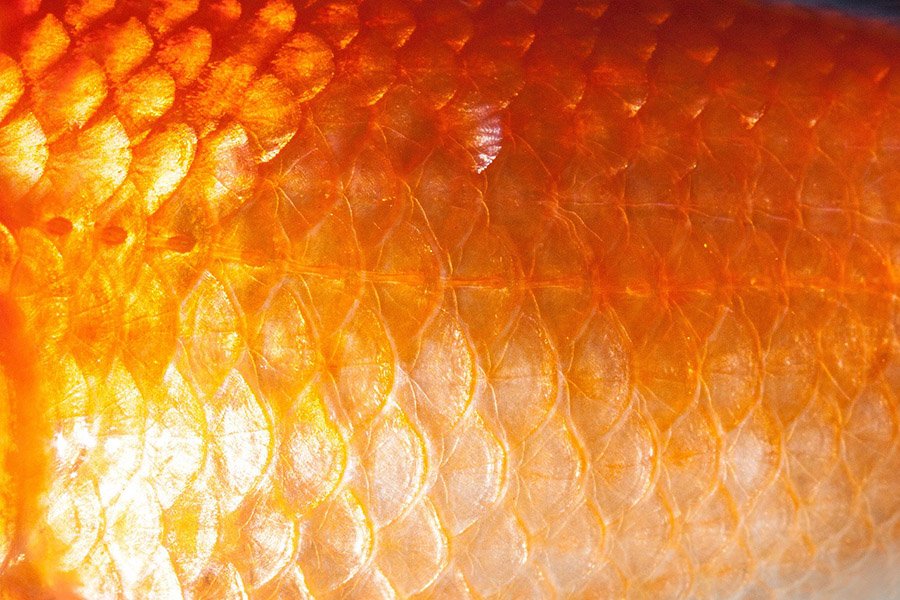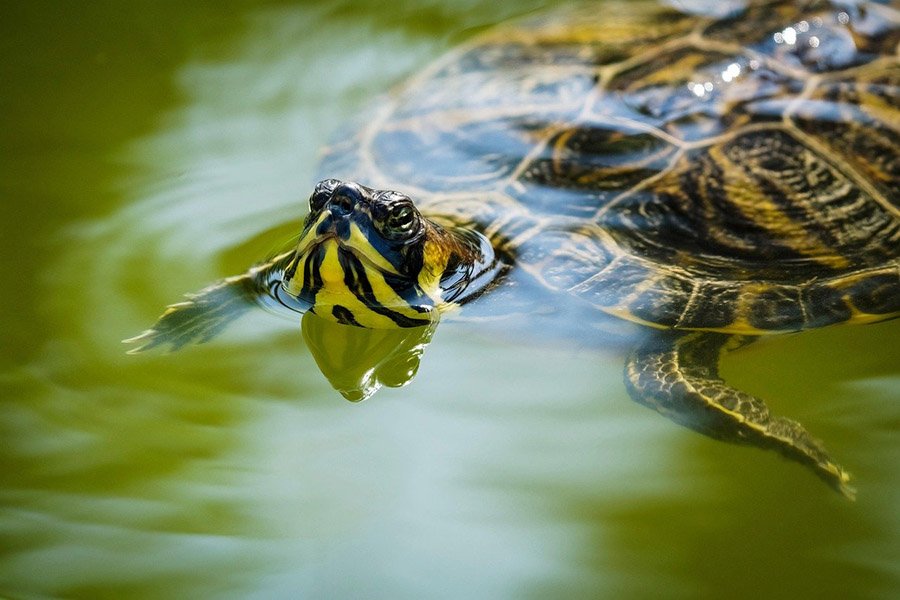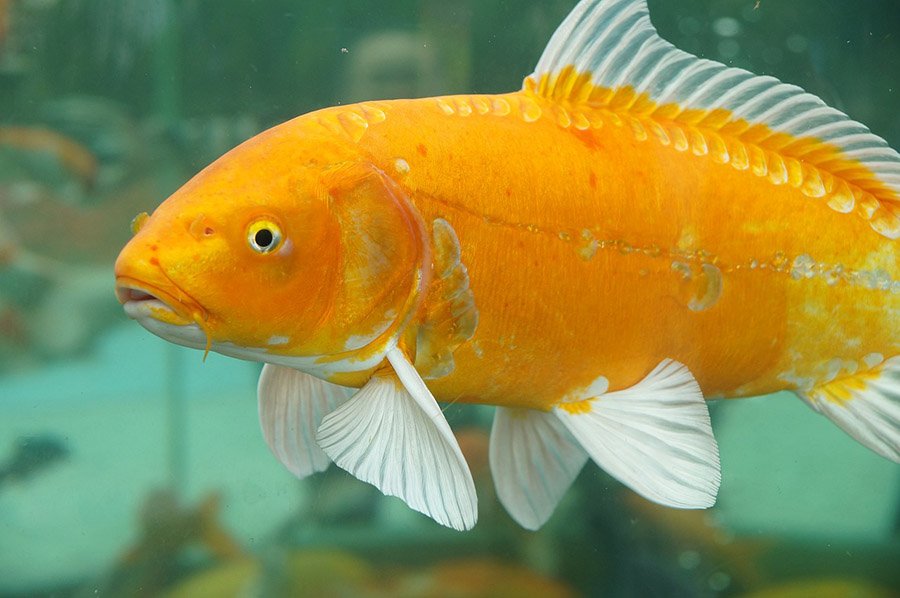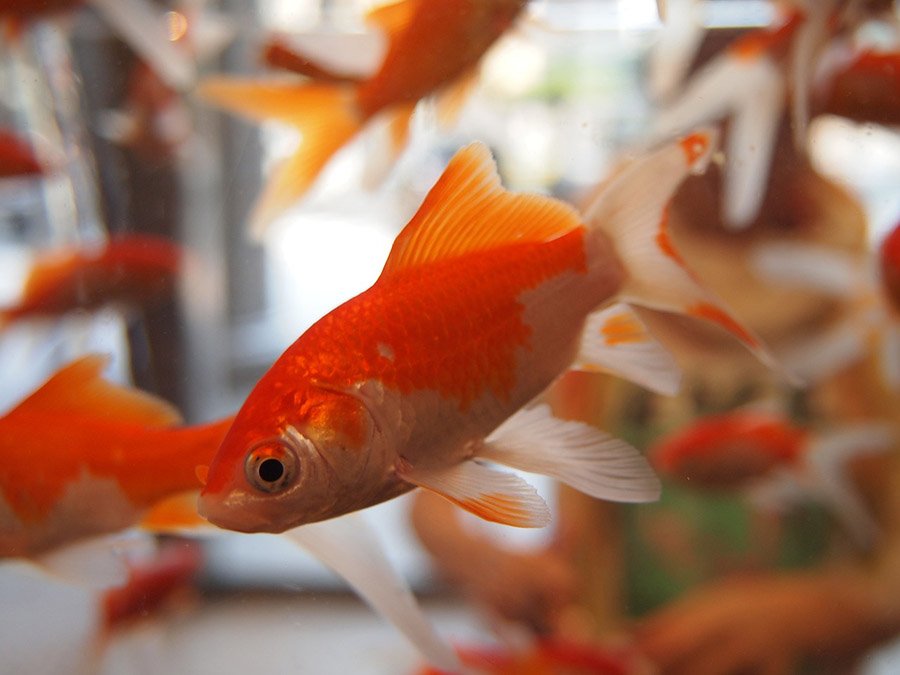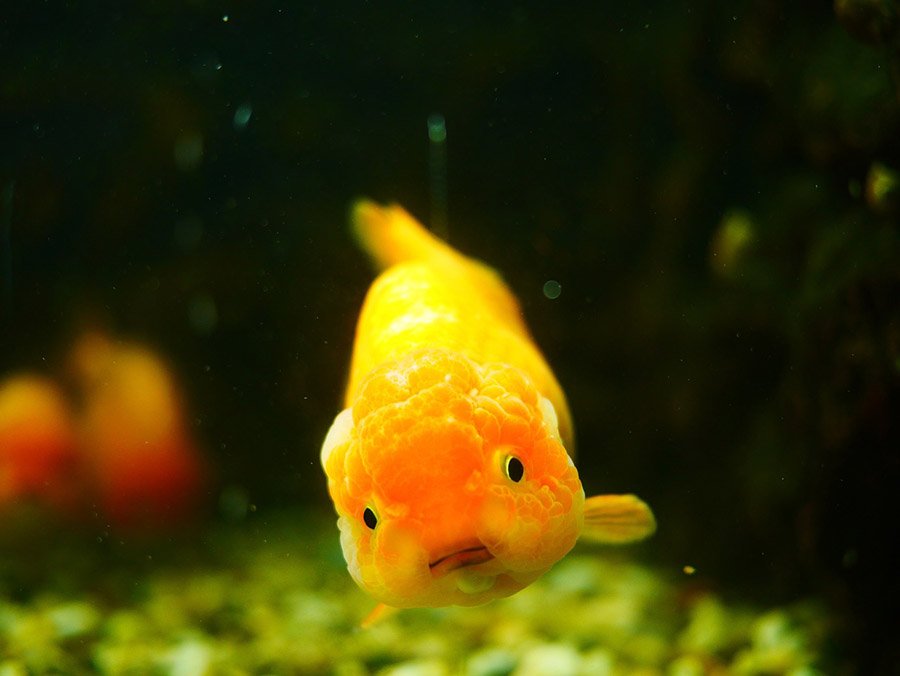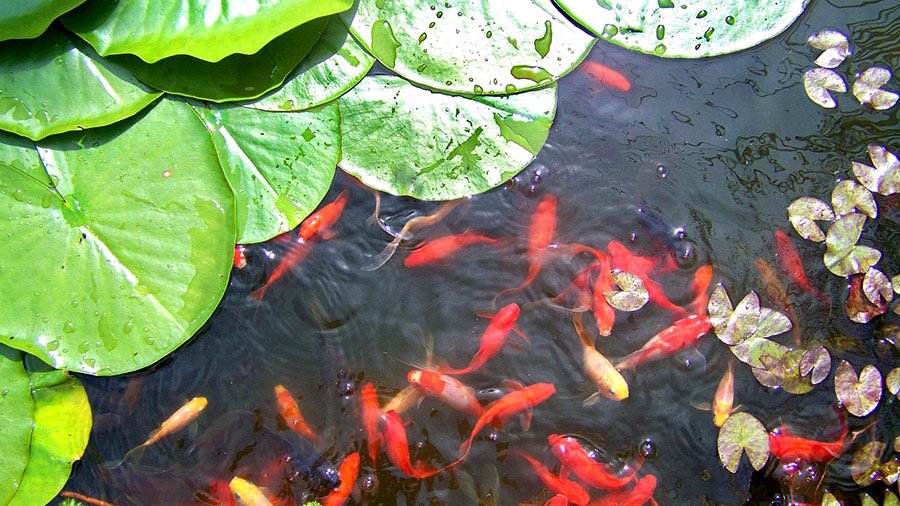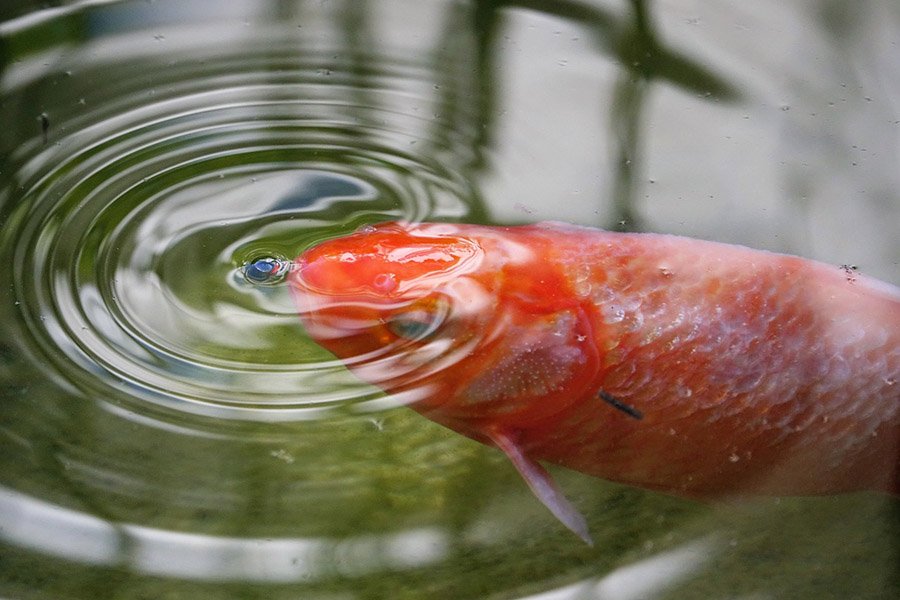Goldfish are one of the most popular freshwater fish kept by enthusiasts around the world. Known for their vibrant colors and engaging behavior, goldfish are relatively easy to care for but have specific requirements that must be met to ensure their health and longevity.
One critical aspect of goldfish care is maintaining the appropriate water temperature. This article delves into whether cold water can kill goldfish, focusing on understanding the effects of temperature on their physiology and overall well-being.
Introduction to Goldfish and Temperature Sensitivity
Goldfish (Carassius auratus) are ectothermic, meaning their body temperature is determined by their environment. This characteristic makes them especially sensitive to changes in water temperature. While goldfish are hardy and adaptable, sudden or extreme temperature fluctuations can cause significant stress and even result in fatal consequences. Therefore, understanding the optimal temperature range and the effects of cold water is crucial for any goldfish keeper.
Temperature sensitivity in goldfish can be attributed to their natural habitat. Originating from temperate regions in East Asia, goldfish are accustomed to seasonal variations but tend to thrive in a narrower temperature range when kept in captivity. The intricate balance of their metabolic processes is tightly linked to the surrounding temperature, making it imperative to maintain a stable and suitable environment for these aquatic pets.
Different types of goldfish, such as fancy goldfish and common goldfish, may exhibit varying degrees of temperature sensitivity. Fancy goldfish, often bred for specific traits such as elaborate fins and body shapes, can be more vulnerable to temperature changes than their sturdier, more naturally shaped counterparts. Understanding these differences is key to providing appropriate care.
Optimal Temperature Range for Goldfish Health
The optimal temperature range for goldfish health is generally between 65°F and 75°F (18°C to 24°C). Within this range, goldfish can maintain normal metabolic activity, growth, and immune function. Keeping the water temperature consistent within this range helps reduce stress and prevent the onset of diseases that can be exacerbated by temperature fluctuations.
Water temperature directly affects a goldfish’s metabolism. In colder temperatures, their metabolism slows down, reducing their ability to digest food efficiently and potentially leading to digestive issues. Conversely, temperatures that are too high can speed up metabolic processes to a level that is unsustainable, increasing the risk of oxygen depletion and other complications.
Maintaining the optimal temperature range is particularly important during the acclimatization period when introducing new goldfish to an aquarium. Gradual adjustments to the water temperature during this time can help minimize stress and ensure a smoother transition to their new environment.
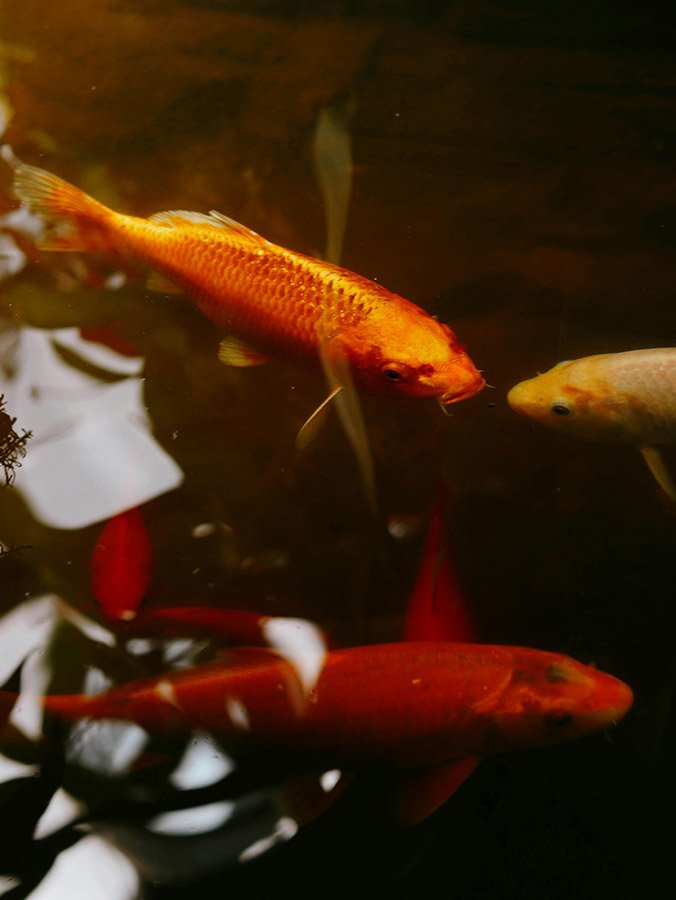
Effects of Cold Water on Goldfish Physiology
Cold water can have several adverse effects on goldfish physiology. When exposed to water temperatures below their optimal range, goldfish experience a significant drop in metabolic rate. This slowdown affects their digestive system, reducing their ability to process food efficiently and leading to potential malnutrition if the cold persists.
Additionally, cold water can impair the immune system of goldfish, making them more susceptible to infections and diseases. Common ailments such as ich (white spot disease) and fin rot become more prevalent in colder conditions, as the fish’s natural defense mechanisms are compromised. The chances of recovery from these diseases are also diminished in cold water, further endangering the fish’s health.
Cold water can also affect the respiratory function of goldfish. As water temperature decreases, the oxygen-carrying capacity of water increases. However, the reduced metabolic rate means that goldfish will consume less oxygen, potentially leading to a state of hypoxia if the temperature drops too low. This can cause significant stress and even lead to mortality if not addressed promptly.
Recognizing Signs of Temperature Stress in Goldfish
Goldfish exhibit several behavioral and physical signs when they are experiencing temperature stress. One of the most noticeable signs is lethargy. Goldfish that are too cold may become sluggish, swimming less actively and spending more time near the bottom of the tank. This decrease in activity is a direct result of their lowered metabolic rate.
Another common sign of temperature stress is a loss of appetite. Goldfish that are too cold will often refuse to eat, which can lead to malnutrition and weaken their overall health. Observing changes in feeding behavior is a critical way to gauge the well-being of your goldfish and identify potential temperature-related issues early on.
Physical signs of temperature stress can include clamped fins, where the goldfish hold their fins close to their bodies rather than fanning them out. This behavior is often an indicator of discomfort or illness. Additionally, goldfish may show signs of labored breathing, such as gasping at the surface, which can indicate that they are struggling to obtain enough oxygen in colder water conditions.
How Cold is Too Cold for Goldfish Survival?
While goldfish can tolerate a range of temperatures, water that falls below 50°F (10°C) can be considered too cold for sustained health. At these lower temperatures, the metabolic rate of goldfish slows dramatically, impairing their digestive and immune systems. Prolonged exposure to such cold conditions can lead to severe health issues and potentially fatal outcomes.
In extreme cases, temperatures approaching freezing (32°F or 0°C) can be lethal to goldfish. Ice formation on the water surface can deprive fish of oxygen, further exacerbating the risks. Although goldfish are resilient and can survive short-term temperature drops, long-term survival at these low temperatures is unlikely without appropriate intervention.
It is essential to monitor water temperature closely, especially during seasonal changes. Using reliable aquarium thermometers can help you track temperature fluctuations and take necessary actions to maintain a stable environment. Quick response to dropping temperatures can be the difference between life and death for your goldfish.

Scientific Studies on Goldfish and Water Temperature
Numerous scientific studies have explored the relationship between goldfish and water temperature, providing valuable insights into their physiological responses and survival thresholds. Research has shown that goldfish exhibit a marked decrease in metabolic activity as water temperature drops, supporting the need for maintaining water within their optimal temperature range.
One study conducted by researchers at the University of Guelph found that goldfish exposed to cold water (below 50°F or 10°C) experienced significant stress markers, including elevated cortisol levels and reduced immune response. These findings highlight the importance of preventing prolonged exposure to cold water to ensure the health and well-being of goldfish.
Further studies have investigated the genetic and physiological adaptations of goldfish to different temperature ranges. These studies have revealed that while goldfish possess some degree of acclimation ability, their optimal health and function are closely tied to maintaining a stable and suitable temperature environment. This research underscores the necessity for responsible temperature management in goldfish care.
Preventing Temperature Shock in Goldfish Tanks
Preventing temperature shock is crucial for maintaining the health and longevity of goldfish. Temperature shock occurs when there is a sudden and drastic change in water temperature, which can be highly stressful and even fatal for goldfish. Gradual temperature changes are essential to prevent this condition and ensure a stable environment.
One effective way to prevent temperature shock is by using a reliable aquarium heater with a built-in thermostat. This device helps maintain a consistent water temperature, reducing the risk of sudden drops or spikes. Additionally, when performing water changes, it is important to match the temperature of the new water to that of the tank to avoid abrupt temperature fluctuations.
In outdoor ponds, temperature shock can be mitigated by providing adequate shelter and insulation during colder months. Floating objects such as foam or plastic can help reduce heat loss from the water surface. Additionally, installing a pond heater can offer a more controlled environment and prevent extreme temperature drops that could harm the goldfish.
Proper Winter Care for Outdoor Pond Goldfish
Winter care for outdoor pond goldfish requires special attention to ensure their survival during colder months. As temperatures drop, it is essential to prepare the pond and provide the necessary conditions for your goldfish to stay healthy. One of the key steps is to clean the pond thoroughly before winter sets in, removing debris and fallen leaves that could decompose and affect water quality.
Goldfish in outdoor ponds enter a state of torpor during the winter, where their metabolism slows down, and they become less active. To support this natural process, it is crucial to maintain an opening in the ice to allow gas exchange. This can be achieved by using a pond de-icer or placing an air stone near the surface to keep a small area ice-free.
Feeding should be adjusted as temperatures drop. Goldfish have reduced metabolic activity in cold water and require less food. Overfeeding can lead to water quality issues, so it is advisable to switch to a wheat germ-based diet that is easier to digest and reduce feeding frequency as the water temperature approaches 50°F (10°C).
Using Heaters and Thermometers in Goldfish Aquariums
Heaters and thermometers are essential tools for managing water temperature in goldfish aquariums. A high-quality aquarium heater with an adjustable thermostat allows for precise control over the water temperature, ensuring it stays within the optimal range for goldfish health. Choosing a heater with sufficient wattage for the tank size is important to maintain consistent warmth.
Thermometers provide a way to monitor water temperature accurately. Digital thermometers with probes are highly recommended for their precision, while traditional glass thermometers can also be effective. It is important to place the thermometer in an area of the tank where it can provide an accurate reading, away from direct heat sources or strong water currents.
Regularly checking the thermometer and adjusting the heater as needed can help prevent temperature fluctuations that could stress or harm your goldfish. In the event of a heater malfunction, having a backup heating solution or an additional heater on hand can be a lifesaver, especially during colder months.
Frequently Asked Questions About Goldfish Temperature
Q: Can goldfish survive in outdoor ponds during winter?
A: Yes, goldfish can survive in outdoor ponds during winter if proper care is provided. Ensuring an opening in the ice for gas exchange and monitoring water conditions are key steps to support their survival.
Q: How often should I check the water temperature in my goldfish tank?
A: It is advisable to check the water temperature daily to ensure it remains within the optimal range. Regular monitoring helps identify any issues early and allows for timely adjustments to maintain a stable environment.
Q: Is it necessary to use a heater in my goldfish aquarium?
A: Using a heater is beneficial in maintaining a consistent water temperature, especially in environments with significant temperature fluctuations. It helps keep the water within the optimal range for goldfish health and prevents temperature-related stress.
Final Thoughts
Understanding the effects of cold water on goldfish is essential for providing the best care and ensuring their well-being. Maintaining the right temperature range, recognizing signs of temperature stress, and implementing preventative measures can help create a healthy and stable environment for your goldfish. By staying informed and vigilant, goldfish enthusiasts can enjoy the vibrant beauty and playful nature of these aquatic pets for many years.

